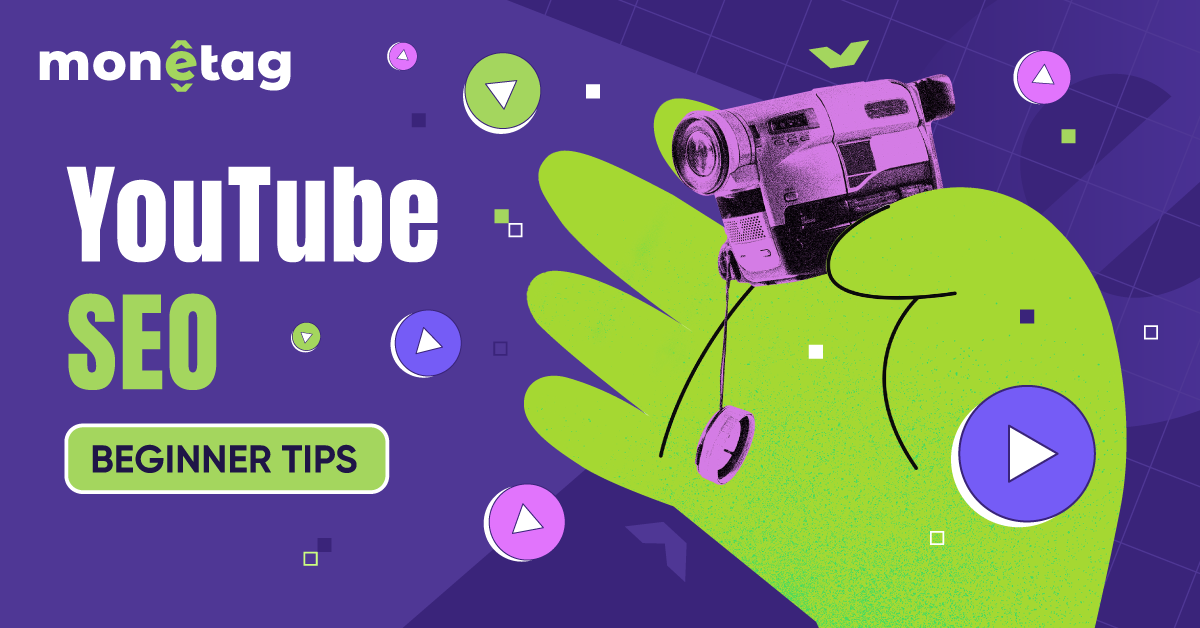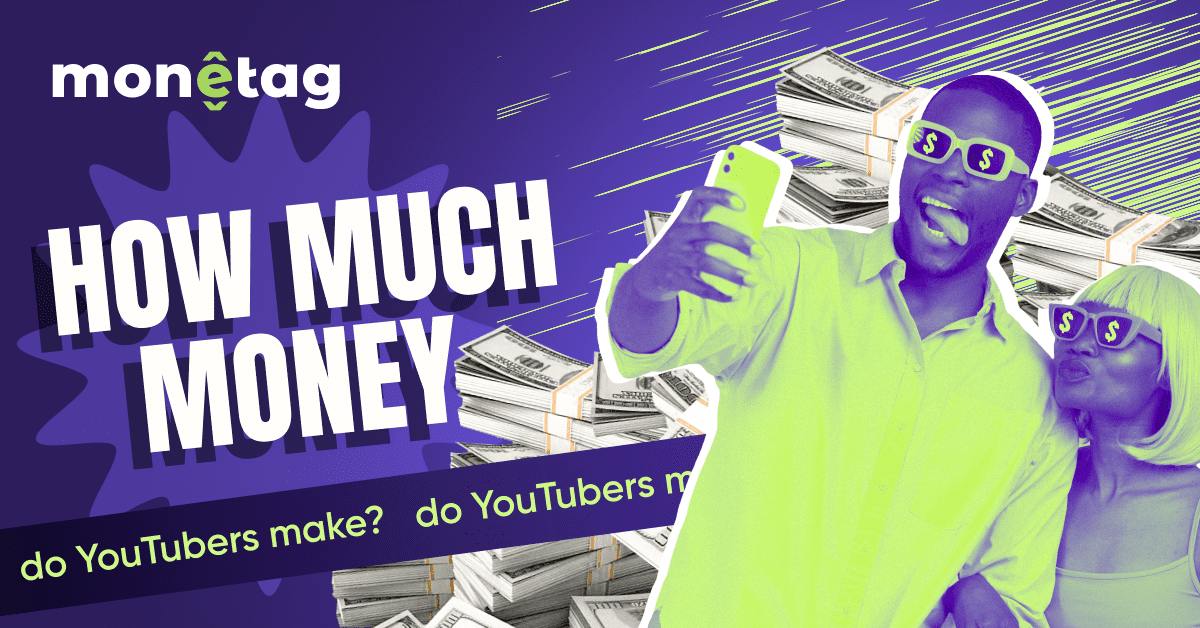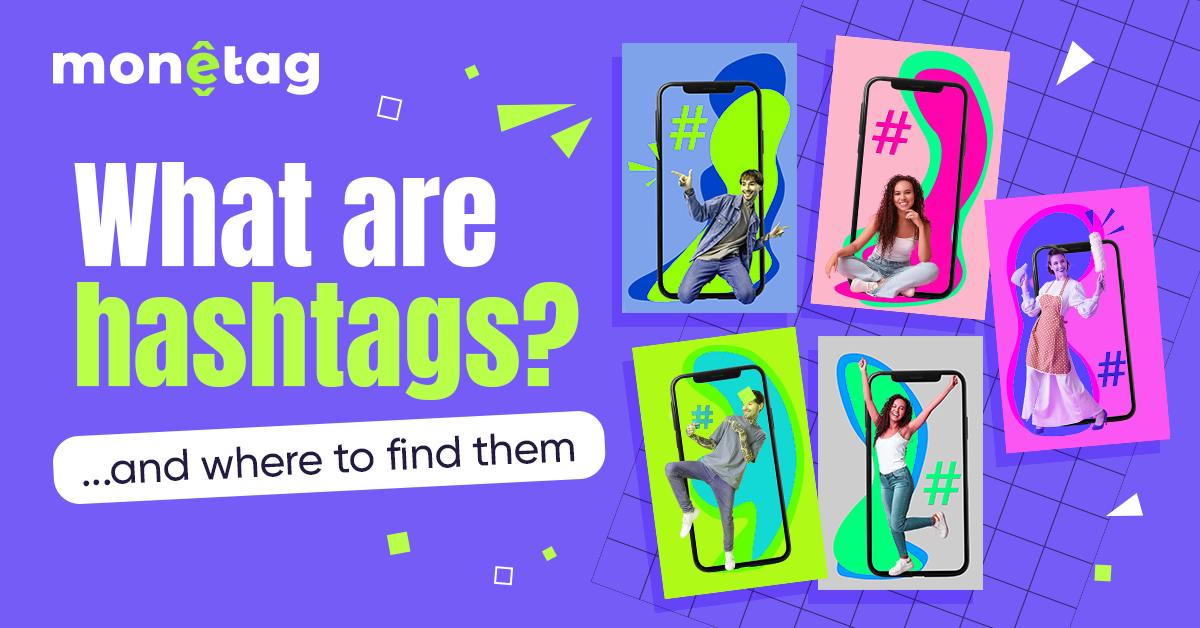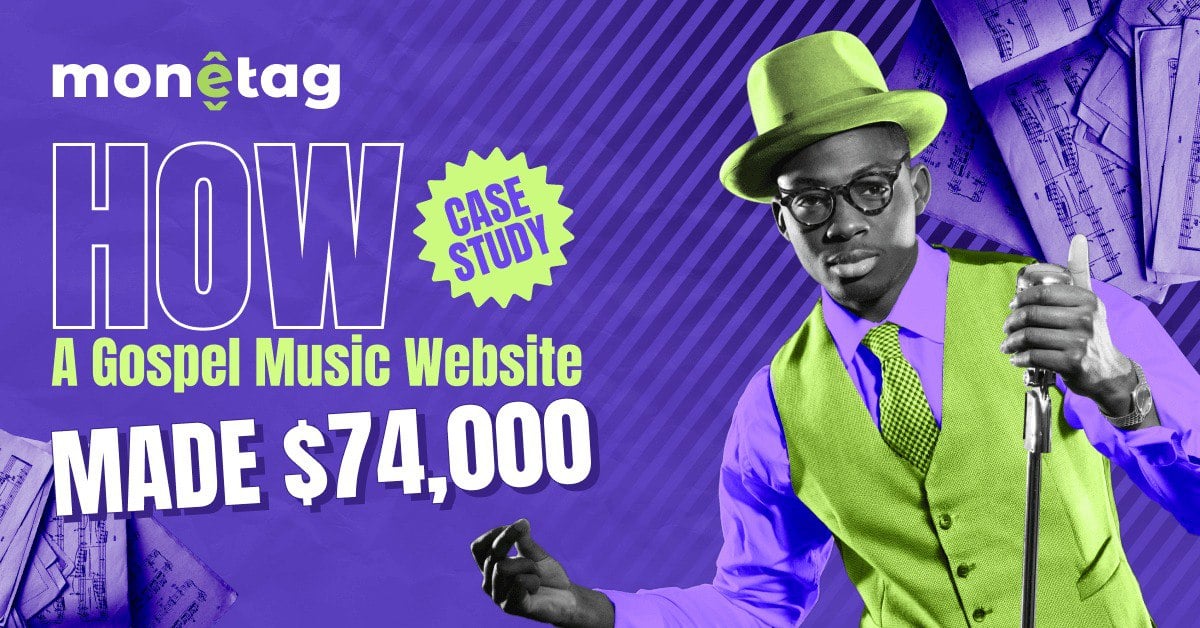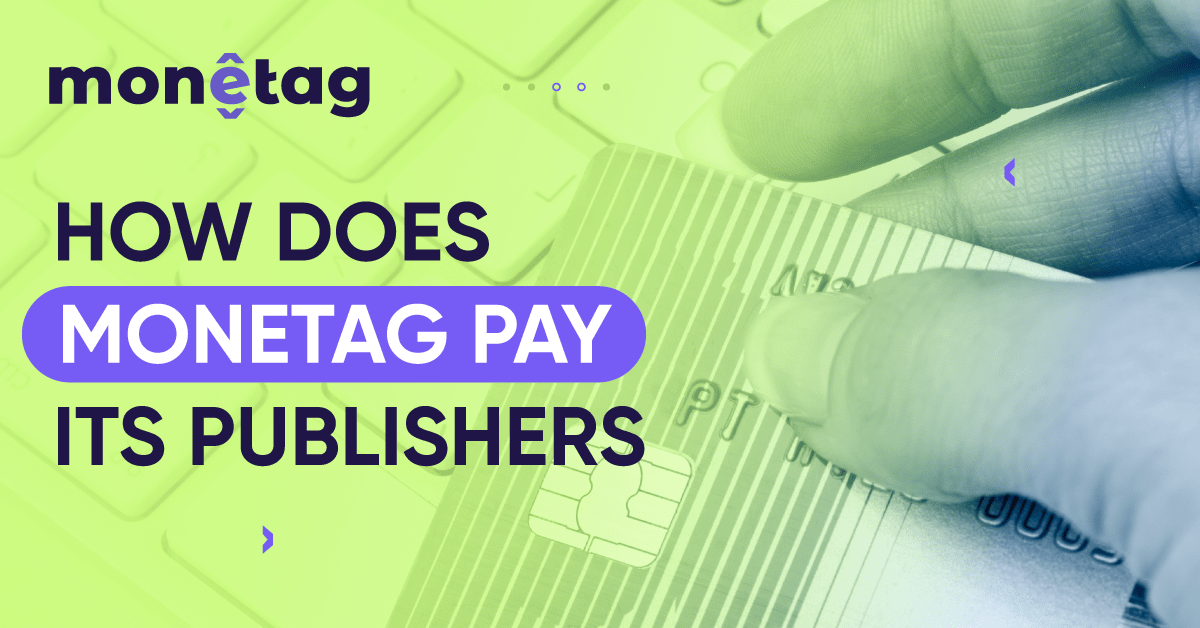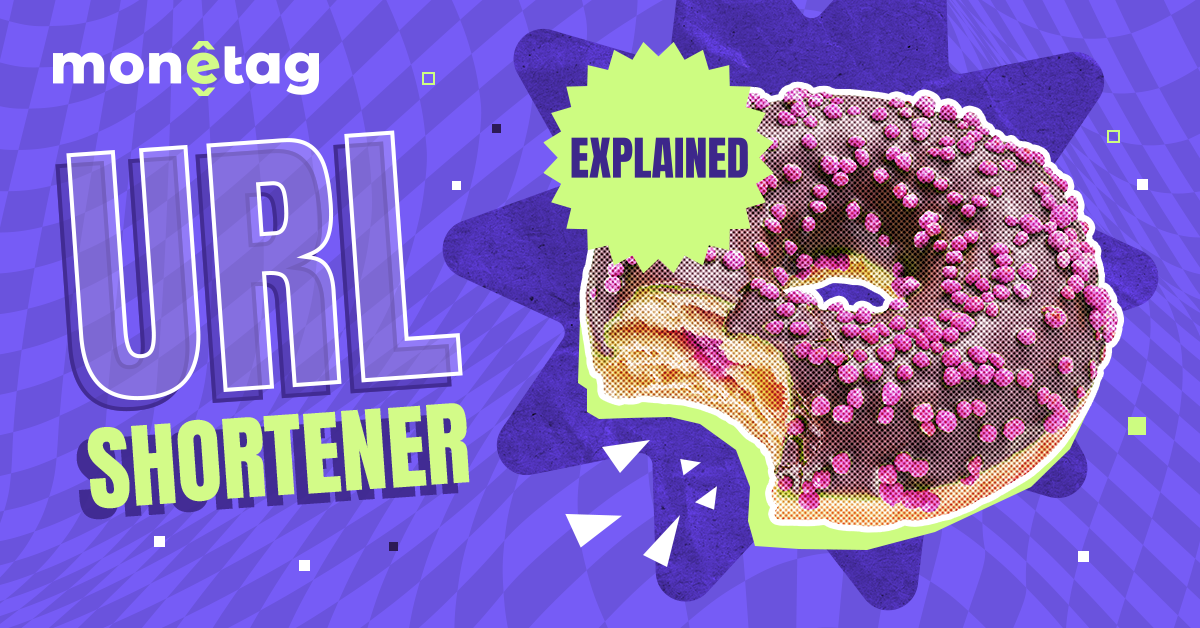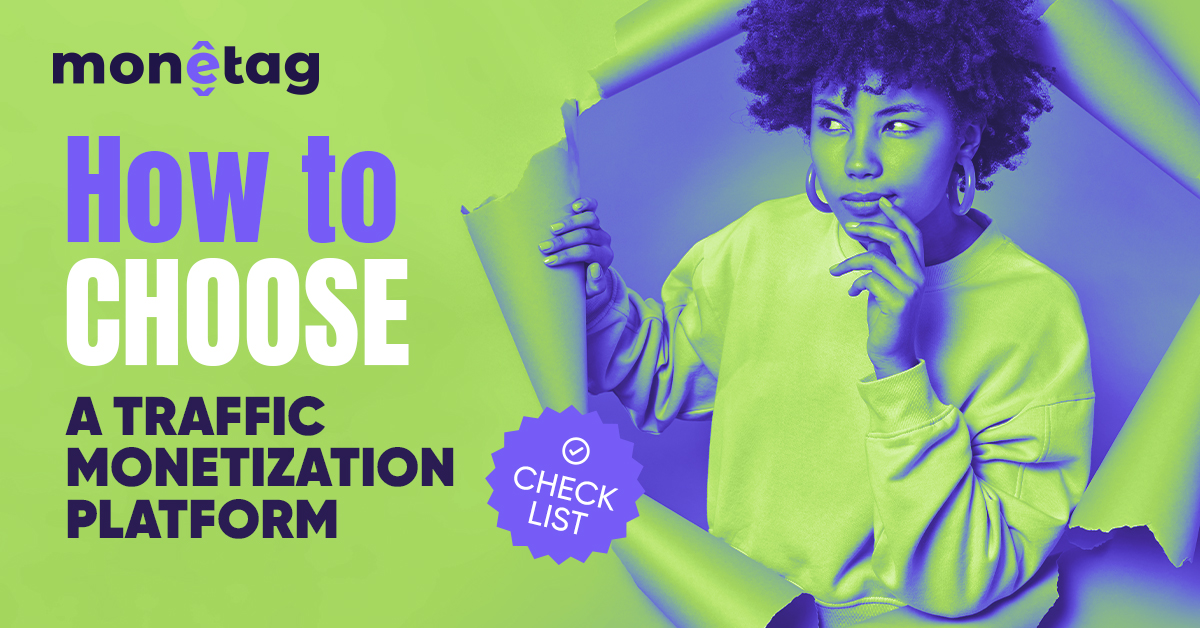YouTube Shorts Monetization: The Real Deal in 2025
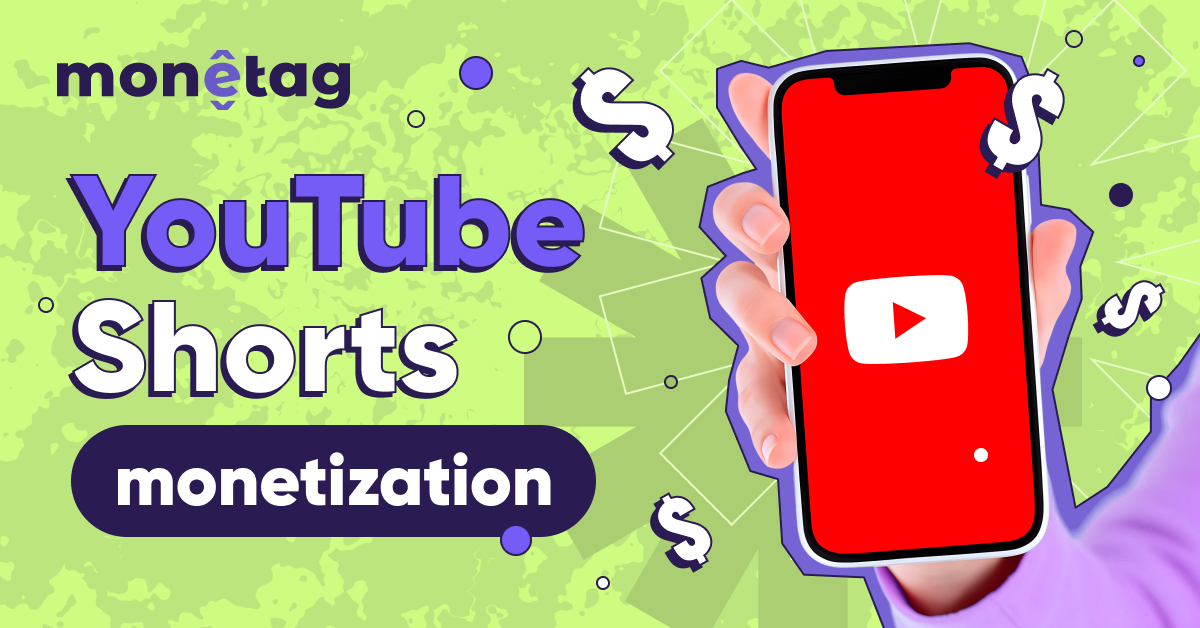
You’ve seen those viral Shorts getting millions of views overnight. Maybe you’ve even made a few yourself. But here’s the question everyone’s asking: Are YouTube Shorts monetized? The answer is yes, but not how you might think.
Let’s cut through the hype and look at how Shorts monetization really works today.
Can You Monetize YouTube Shorts?
Yes, but there’s a catch. Unlike regular YouTube videos (where you can run ads directly), Shorts work differently. YouTube pools ad money from all Shorts views, then divides it among creators based on views.
Here’s what that means:
- You get paid from a shared fund, not per ad
- Rates are much lower than long-form content
- You need to be in the YouTube Partner Program (YPP)
YouTube Shorts Monetization Requirements
First, how to get monetized on YouTube Shorts technically? To start earning, you must meet YouTube monetization requirements for Shorts:
- Have 1,000 subscribers (same as regular YPP)
- Hit 10 million Shorts views in 90 days (or 4,000 watch hours on long videos)
- Follow all YouTube monetization policies
Wait — 10 million views?
We know. It’s steep. But there’s a workaround: combine Shorts and long-form content. The 4,000 watch hours from regular videos count too.
How Much Do YouTube Shorts Pay?
Prepare for sticker shock. Shorts pay $0.01−0.05 per 1,000 views on average. That’s 1 million views = $10−50; 10 million views = $100−500.
Compare that to long-form content: $2−10 per 1,000 views, and you see why creators complain.
But here’s the thing: Shorts aren’t meant to be your main income.
They’re a gateway drug—a way to grow your channel fast, drive traffic to your money-making long videos, and get brand deals from your increased visibility.
How to Actually Make Money from Shorts
Let’s be real — those tiny payouts from the Shorts Fund aren’t going to pay your rent. But creators are getting clever, stacking multiple income streams from their 60-second clips.
Here’s how the smart ones are doing it:
The YouTube Partner Program (YPP)
This is the baseline, but don’t expect much. The ad revenue share feels like earning spare change—a creator with 5 million monthly Shorts views told me they barely clear $200 from YouTube. But here’s why you still want in:
- Super Chats during live streams (which Shorts can promote)
- Memberships for loyal fans (offer exclusive Shorts as perks)
- It’s passive income—no extra work once you qualify
The catch? That 10M view threshold weeds out small creators. A travel vlogger I know hit it by posting 3-5 Shorts daily for 4 months, repurposing footage from long videos.
Affiliate Marketing
This is where Shorts shine. That unboxing clip of a new gadget? Perfect for Amazon Associates links. A 15-second makeup tutorial? Ideal for Sephora affiliate codes.
What works best:
- Demonstration Shorts (“Watch this $15 tool organize my closet” + link)
- Comparison Shorts (“iPhone vs. Android camera test” with affiliate links to both)
- “Get the look” fashion clips (Outfit details in description)
Pro tip: Use Linktree in your bio when YouTube won’t let you link directly (common for new channels).
Brand Deals
Here’s the real money. Brands pay upfront for:
- Product placements (holding a protein shake for 3 seconds)
- Sponsored challenges (“Can I cook with [Brand]’s new pan?”)
- Hashtag campaigns (#UseOurAppIn60Seconds)
A tech creator with 87K subs shared his rate card:
- $800 for a dedicated Short
- $1,500 for a Short + Instagram Reel
- $3,000 for a week of promo
Sell Your Own Stuff
The most profitable Shorts don’t make money directly—they drive sales elsewhere. Examples:
- A baker teasing “Full tutorial on my Patreon”
- A photographer offering “Lightroom presets” in comments
- A coach using Shorts to promote $200/month mentorship
One fitness creator’s strategy: Post a 30-second workout clip, comment “Day 2-5 of this program on my app!”, convert 3% of viewers to $9.99/month subscribers.
The Hidden Power of Shorts
While the direct pay is not as smooth as you always want, Shorts:
- Boost your overall channel growth (YouTube favors active Shorts creators)
- Feed viewers to your money-making long videos (end screens work great)
- Increase brand deal opportunities (more visibility = more offers)
A cooking channel I follow went from 10K to 200K subs in 3 months just by posting daily Shorts. Their long-form revenue tripled from the extra traffic.
Should You Focus on Shorts?
Yes if:
- You’re okay with low direct pay
- You’ll use them to grow your channel
- You can repurpose content easily
No if:
- You expect quick ad money
- You hate high-volume posting
- Your niche doesn’t translate to short-form (like documentaries)
Pro Tips from Top Shorts Creators
These aren’t just random suggestions – they’re battle-tested tactics from creators who’ve cracked the Shorts algorithm and really know how to monetize YouTube Shorts. Let’s break down why each one works:
Post 3-5 Shorts Daily (Consistency Beats Virality)
The algorithm rewards frequency like clockwork. A gaming creator I interviewed went from 10K to 100K subs in 8 weeks by posting:
- 3 vertical gameplay clips (under 15 seconds) at 9 AM
- 2 meme edits at 5 PM
- All scheduled via YouTube Studio to maintain rhythm
Why it works: YouTube’s AI needs constant signals to test your content against different audiences. More uploads = more data = faster growth.
First 3 Seconds Matter Most (Hook Immediately)
Forget fancy intros. The top-performing Shorts:
- Start mid-action (a cake already collapsing)
- Use bold text overlays (“WAIT FOR THE TWIST”)
- Ask shocking questions (“Would you eat this for $10,000?”)
A viral food creator shared their formula:
- 0:00 – Close-up of disaster (burnt pizza)
- 0:01 – Text: “I spent $100 on this ‘hack'”
- 0:02 – Surprise reveal (perfect pizza underneath)
Use Trending Sounds (Algorithm Loves This)
It’s not just about popular songs. The real pros:
- Search “YouTube Shorts trending sounds” weekly
- Filter by their niche (gaming sounds for gamers)
- Jump on emerging trends before they peak
Case study: A pet channel gained 50K followers using an obscure cat meow remix that later trended. Their secret? They monitored sound use counts and got in early.
Link to Long Videos (In Description and End Screen)
The magic happens when you:
- Edit the first frame of your Short to tease the long video (“Full tutorial on main channel!”)
- Use “Watch next” end screens at the 45-second mark
- Pin a comment with the link (gets 3x more clicks)
One DIY creator converts 7% of Shorts viewers to long-form watchers this way, doubling their AdSense income.
Final Answer
So, can YouTube Shorts be monetized? Yes, they can make you money — just not much from ads alone. Treat them as your free marketing machine that occasionally drops some cash. The real money still comes from turning those viewers into customers, members, or long-form fans.
